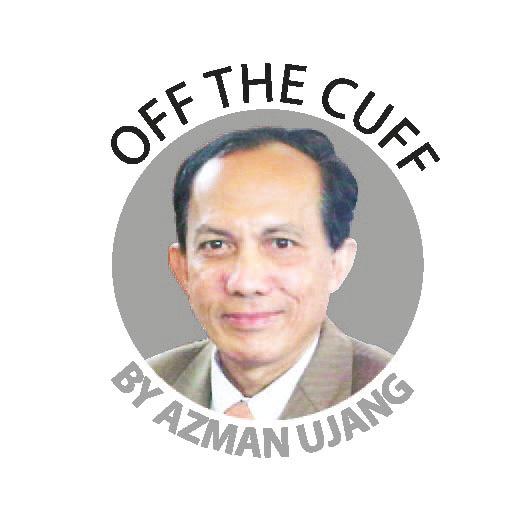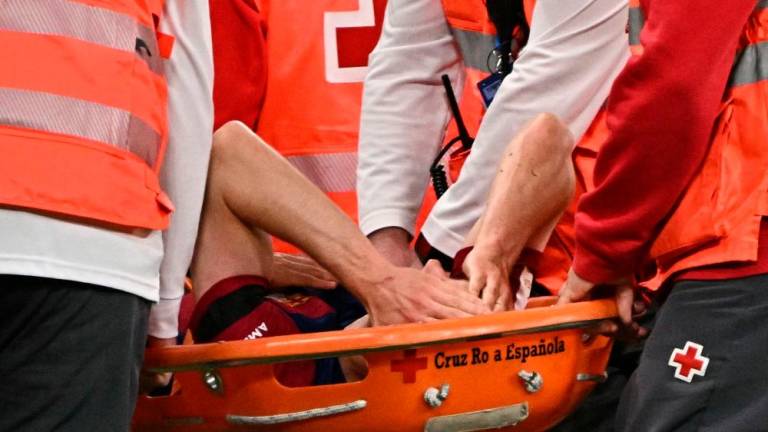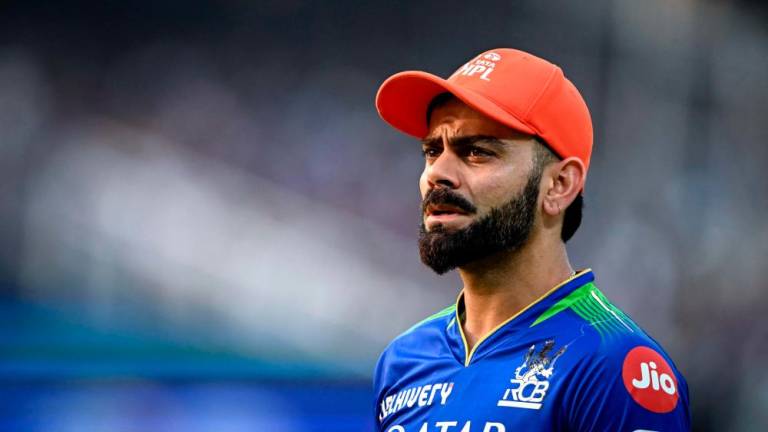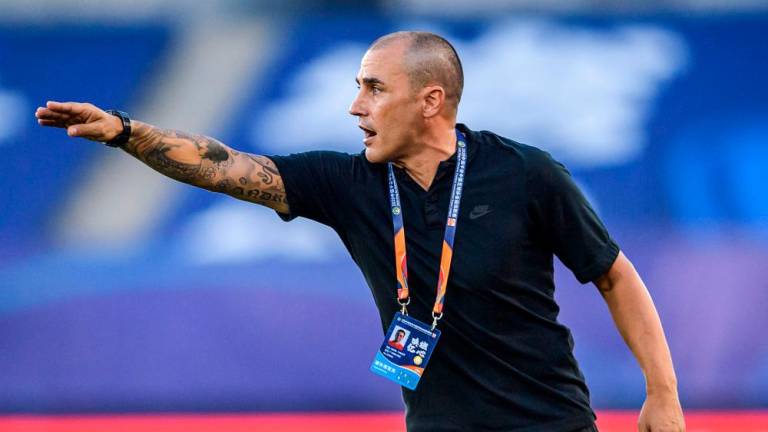THIS column is already 10 years old, and readers can vouch that one of my pet issues regularly written about here is that of the high death tolls among motorcyclists. It is one subject matter I shall never tire writing about even though I can understand if there are readers who may think that I have dwelt too much on it.
For as long as practically nothing much has been planned and most importantly implemented to make motorcycling much safer, with the objective of curbing the horrendously high death tolls among our two-wheelers, I shall continue to keep the issue alive. Call it a jihad or crusade, or whatever. All in the name of saving the lives of mostly young fellow Malaysians, in what I call the most preventable cause of deaths among other causes of citizens losing their lives.
When Prime Minister Datuk Seri Ismail Sabri Yaakob began unveiling details of the 12th Malaysia Plan that cost an estimated RM400 billion to implement in Parliament last week, I was looking forward to some budget to be allocated to build motorcycles-only lanes. But once again, as in the previous five-year national plans, no such special budget was set aside, which just goes to show how low a priority is given by all stakeholders on such a critical issue.
Such exclusive lanes for motorcycles are actually a no-brainer, and research after research has been done by entities like the Malaysian Institute of Road Safety Research (Miros), Universiti Putra Malaysia and other universities.
We actually do not need further research on the matter, but like most other issues, what is lacking or missing is the political will to implement this vital infrastructure.
Initially for this column, I felt reluctant to cite statistics of such gory road deaths, but in order to drive home once again the point, what choice do I have? For the six-year period from 2015-2020, Malaysia recorded a total of 37,683 deaths from overall road crashes, or averaging over 6,000, annually. Out of this, some 24,241 deaths, or around 70%, involved motorcyclists and pillion riders.
On average, over 4,000 motorcycle users died yearly during this period, but the movement control order (MCO), with its prolonged periods of lockdowns, became a blessing in disguise in that the death statistics somewhat came down to below this average in 2019 and 2020 when the Covid-19 pandemic saw lower road traffic. But with the pandemic seemingly easing up and traffic back to normalcy, the fatalities can be expected to rise again.
Another factor that is really of concern is the growing popularity of the food delivery service like Grab and Food Panda where the rush by riders to reach their destinations has led to more crashes. This gig economy is a new phenomenon that was not there previously but is now sprouting like mushrooms all over the place.
By any standard anywhere in the world, these are still horrifying figures that should prick the conscience of everyone, especially the powers that be, to once and for all bring an end of the “business as usual approach” in saving these precious lives.
What is urgently needed is a holistic approach in tackling the issue head-on (pardon the pun). Needless to say, motorcyclists who are mostly from the B40 group are the most vulnerable of all road users to fatal crashes. While drivers and passengers in a car or other heavy vehicles are protected by the structure of the vehicles, motorcyclists are exposed to a direct hit in a crash.
“Serious bodily injuries can be sustained even at speeds as low as 30kph. The best way to protect them is to have a dedicated space, the same way zebra crossings and walkways are provided for pedestrians, and dedicated bicycle lanes for cyclists,” Miros chairman Datuk Suret Singh told theSun earlier this week.
Such lanes should be built along busy traffic arteries such as federal roads. There are at least 101 stretches of federal roads that Suret said should have motorcycles-only lanes. Such lanes
can potentially save up to 1,000 lives each year.
I have consistently been advocating for motorcyclists to be allowed to only ride on the existing left lanes instead of weaving in and out, competing for little space with cars and other heavy vehicles. And I have also suggested that while waiting for the tremendous feet-dragging and inaction in turning such lanes into reality, riders can use the emergency lanes along the highways in single-file riding (again to save lives) because these lanes are unused most of the time.
As we can see, the number of motorcyclists using the much safer left lanes is so low while the motorcycling culture is very much of speeding, without much regard for personal safety. It is when they ride in the fast lanes that most of them get killed or sustain serious injuries, many for years and even lifelong.
The social and financial implications of such high death tolls are actually difficult for one to imagine unless they are close family members. These are particularly painful for wives and children who lose husbands and fathers in daily crashes.
Not to mention seeing their loved ones and bread-winners as well suffering from prolonged injuries. Even if they survive, as Suret mentioned, the incidental costs are staggering, especially for those from low-income families, who make up the majority of motorcyclists.
Records show that four out of 10 disabled persons in the country are victims of road crashes, especially motorcyclists. “Many teenagers and young adults are bedridden or have remained in coma for years. This has a negative impact on the financial and emotional state of the family.
“They need diapers, medication and special diet, all of which can cost up to RM2,000 a month. Parents who have to attend to them also end up making a lot of personal sacrifices,” added Suret.
The Social Security Organisation (Socso) is yet another body on the receiving end of Malaysia’s “motorcycle tragedy”. It is paying out hundreds of millions annually in compensation to families of employees killed or injured while commuting to and from their workplaces – big money that could be saved if effective measures like motorcycle lanes and promotion of safer riding are in place to prevent such deaths and injuries.
Socso chief executive Datuk Seri Dr Mohammed Azman Aziz Mohammed said total payout for commuting crashes involving all road users amounted to RM729.1 million in 2019. In 2020, apparently due to reduced road traffic during the lockdowns, the amount came down to RM595.7 million in that year. Out of this, total payout for commuting crashes involving motorcyclists amounted to RM561.4 million in 2019 and RM458.7 million in 2020. These are indeed scary statistics, and can be described as a financial pandemic.
I take the liberty here to appeal to the prime minister in the spirit of his noble Keluarga Malaysia advocacy to roll out these motorcycle lanes without much delay, to boost safety and sanity on
our roads.
Only Datuk Seri Ismail Sabri can make a positive difference moving forward. We do not have to wait for the mid-term review of the 12MP to implement this.
Officials from relevant ministries like Transport and Works need only to go on study visits to some cities in China to see how seamless and low-cost such lanes can be built.
Comments: letters@thesundaily.com













